As the government shutdown continues, the San Francisco-Marin Food Bank is stepping up to assist furloughed workers, including U.S. Coast Guard members and their families who have gone weeks without a paycheck. The Food Bank operated a pop-up pantry on Saturday morning at Hamilton Field in Novato and provided free, fresh groceries to about 150 Coast Guard families.
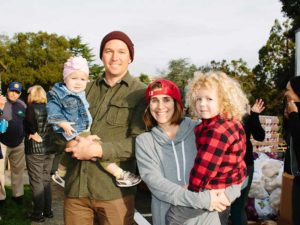
“The food being available here – such great food! – is just amazing. We are overwhelmed with thankfulness,” said Meghan, who came to the pop-up pantry with her husband, who serves in the Coast Guard, and their two young children. “With our kids being so young, I work just a few hours a week, so we rely on my husband’s income to cover most of our bills. Not getting his paycheck last week has already caused us a little bit of hurt. And the prospect of not getting the next paycheck is really scary. Because we’re saving some money on food, we’re able to cover our bills this month. Right now we are just hanging on to every dime, because we’re not sure how long this shutdown is going to last.”
Read thank you letters we received from the U.S. Coast Guard Rear Admiral Peter Gautier and the Coast Guard North Bay Spouses Club.
Click here to view photos from Saturday’s pop-up pantry.
Fresh Food for Families
The Food Bank delivered seven pallets of fresh food on Saturday morning- including whole chickens, fruits & veggies, and pasta and sauce – to help the Coast Guard families get through these lean times. In addition, our CalFresh (food stamps) enrollment team was on hand to help eligible families sign up for benefits.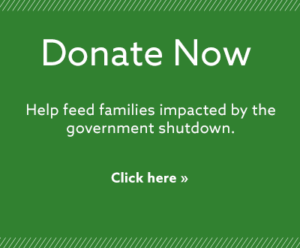 Because they have missed paychecks, many Coast Guard members could now meet income requirements for CalFresh.
Because they have missed paychecks, many Coast Guard members could now meet income requirements for CalFresh.
The Coast Guard families in Novato held their own community food drive last weekend and collected thousands of pounds of nonperishable items, diapers, and cleaning supplies. The fresh groceries from the Food Bank’s pantry supplemented the distribution of these items.
Get Help
Are you a furloughed government employee who needs food assistance because of the government shutdown? We can help! Call 2-1-1 or visit www.sfmfoodbank.org/find-food to get connected with food assistance in San Francisco and Marin.
Give Help
With your support, we can continue to help furloughed workers and their families. Make a donation now.
In the News
CNN
40k members of the @USCG are now NOT getting paid, marking the first time servicemembers haven’t been paid during a #governmentshutdown. One Coast Guard wife is doing something about it:@SFMFoodBank@MarinHumane pic.twitter.com/1o1IMLtpWl
— Brooke Baldwin (@BrookeBCNN) January 16, 2019
San Jose Mercury News/East Bay Times – Food banks fill in for paychecks as shutdown drags on
Newsweek Magazine – Government Shutdown: Unpaid Federal Workers Are Now Turning to Food Banks To Feed Families
San Francisco Chronicle – Editorial: Crippled Government is the Threat Within
KQED – Bay Area Food Banks prepare to help feed local furloughed federal workers
Marin Independent Journal – Coast Guard Families Tread Water
SF-Eater – Food Bank Hosts Massive Mobile Pantry for Unpaid Coast Guard Workers



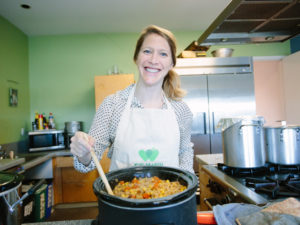 vegetarian-friendly chili recipe, Food Bank Nutrition Education Program Director Molly Burke recommends this delicious
vegetarian-friendly chili recipe, Food Bank Nutrition Education Program Director Molly Burke recommends this delicious 

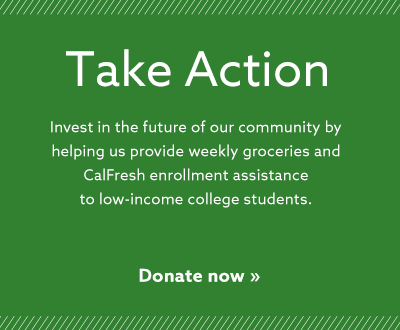

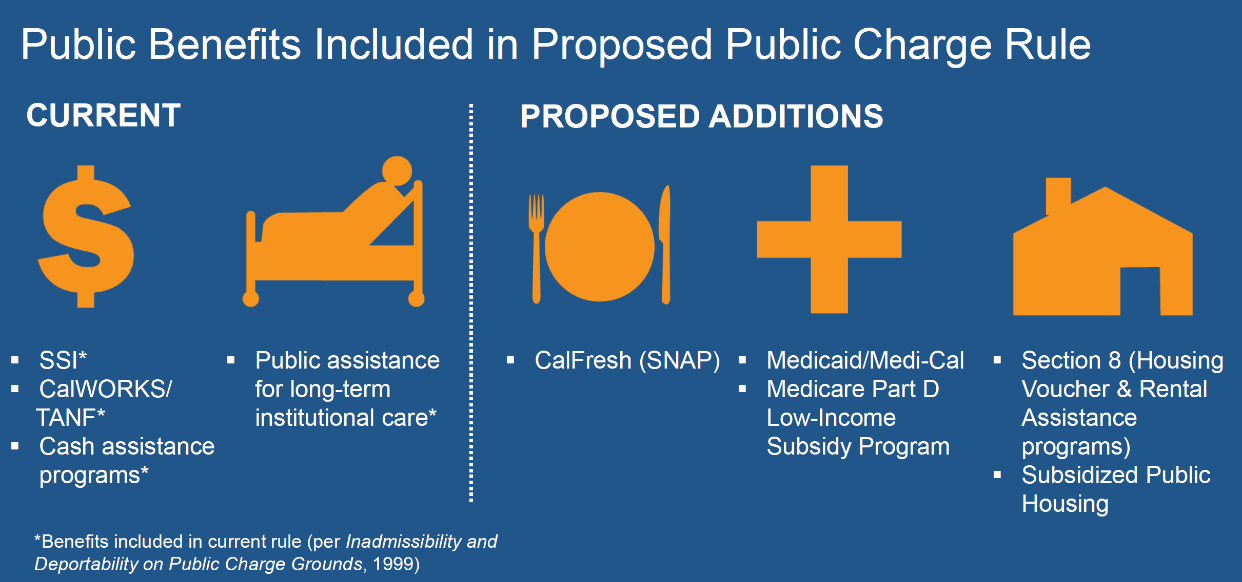
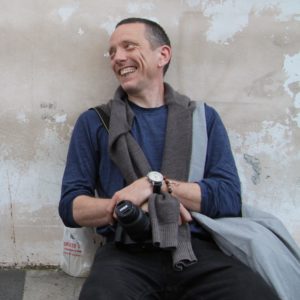



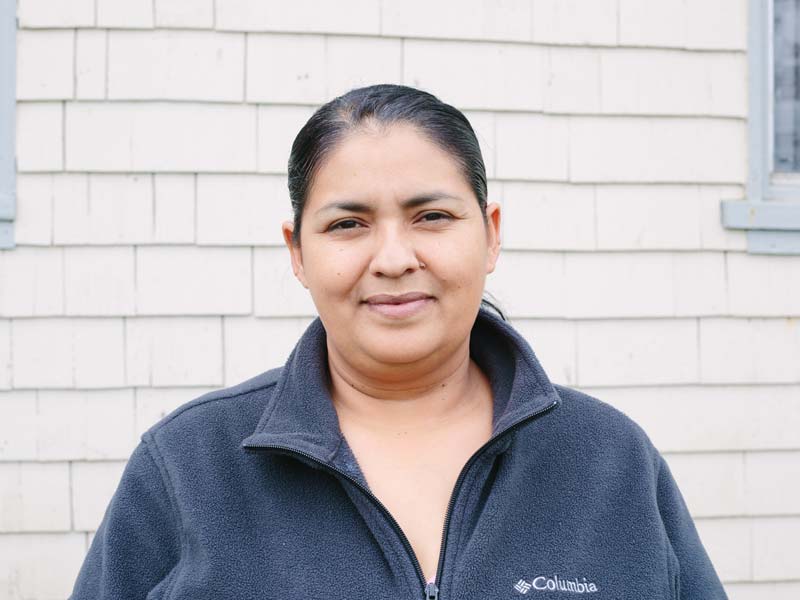
Share